Have you ever admired a stunning diamond ring and wondered how the sparkling gem is held so securely in place? The answer lies in the art of diamond setting. Whether you're planning to buy a diamond ring, have the feeling that your partner is gonna propose, or maybe even design your own, understanding how to set a diamond in a ring can help you make a better choice.
There are different types of settings, each designed to showcase your diamond's beauty in a unique way. In this guide, we'll break down the process step by step, explain your options, and help you figure out the best way to set a diamond that's perfect for your style and budget.
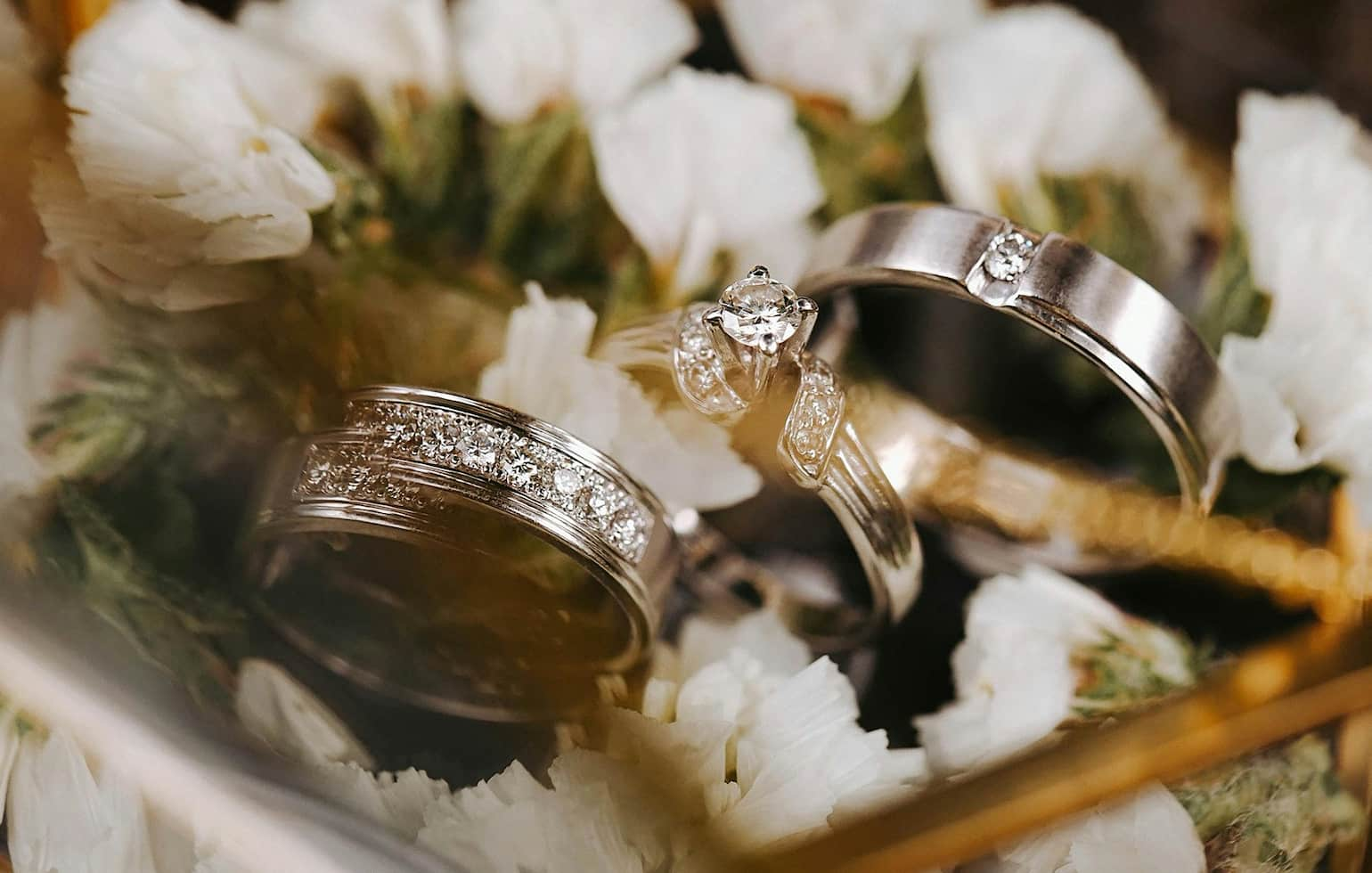
A diamond setting is simply the way your diamond is held in place in a ring or piece of jewelry. Think of it as the "frame" for your diamond—it's what keeps the stone secure while showcasing its beauty. The setting not only helps protect the diamond, but it also plays a huge role in how the stone looks.
It can affect how much light hits the diamond, how it sparkles, and how comfortable the ring feels on your finger. So, when you're choosing a setting, you're not just picking something that holds your diamond; you're also deciding how it will look and how it will shine!
When it comes to diamond settings, there are several different styles to choose from, each with its own unique look and benefits. Let's take a closer look at some of the most popular types:
The prong setting is probably the most common and classic setting you'll see. It uses small metal "prongs" (think of them as tiny claws) to grip the diamond securely in place. Typically, a prong setting will have 4 or 6 prongs, depending on the design.

Because there's minimal metal around the diamond, the stone is left open and exposed, allowing maximum light to enter and make the diamond sparkle like crazy. If you want the diamond to take center stage, this setting is a great choice.
In a bezel setting, the diamond is surrounded by a metal rim that holds it securely in place. This setting gives the ring a sleek, modern look and provides extra protection for the diamond since it's set more deeply into the metal. If you're someone who is worried about the diamond getting scratched or damaged, a bezel setting is a good option.

A flush setting, also known as a "gypsy" setting, is when the diamond is set directly into the band, with the metal folded over the stone to secure it. The result is a smooth, seamless look where the diamond sits flush with the surface of the ring. This setting, often used for smaller diamonds, offers a clean, low-profile design, making it perfect for those who want a more understated look.
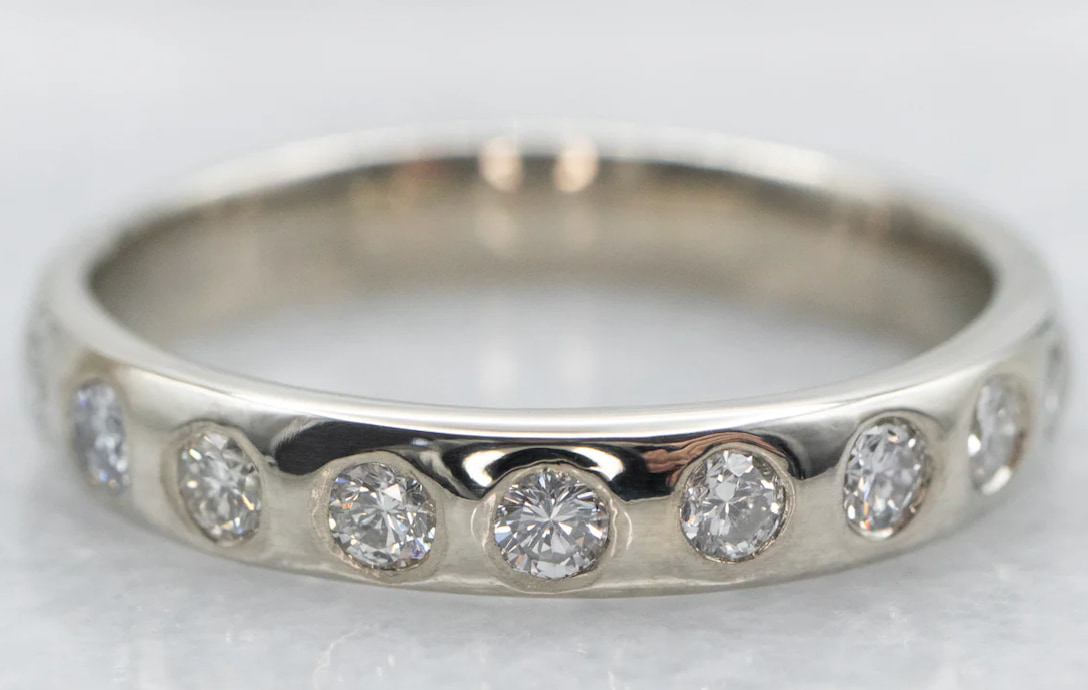
A halo setting is when a ring of smaller diamonds surrounds the center diamond, creating a "halo" effect. This setting makes the center diamond appear larger and even more dazzling, as the surrounding stones reflect more light. If you're looking for a ring with maximum sparkle and a bit of extra glamour, a halo setting is a stunning choice.
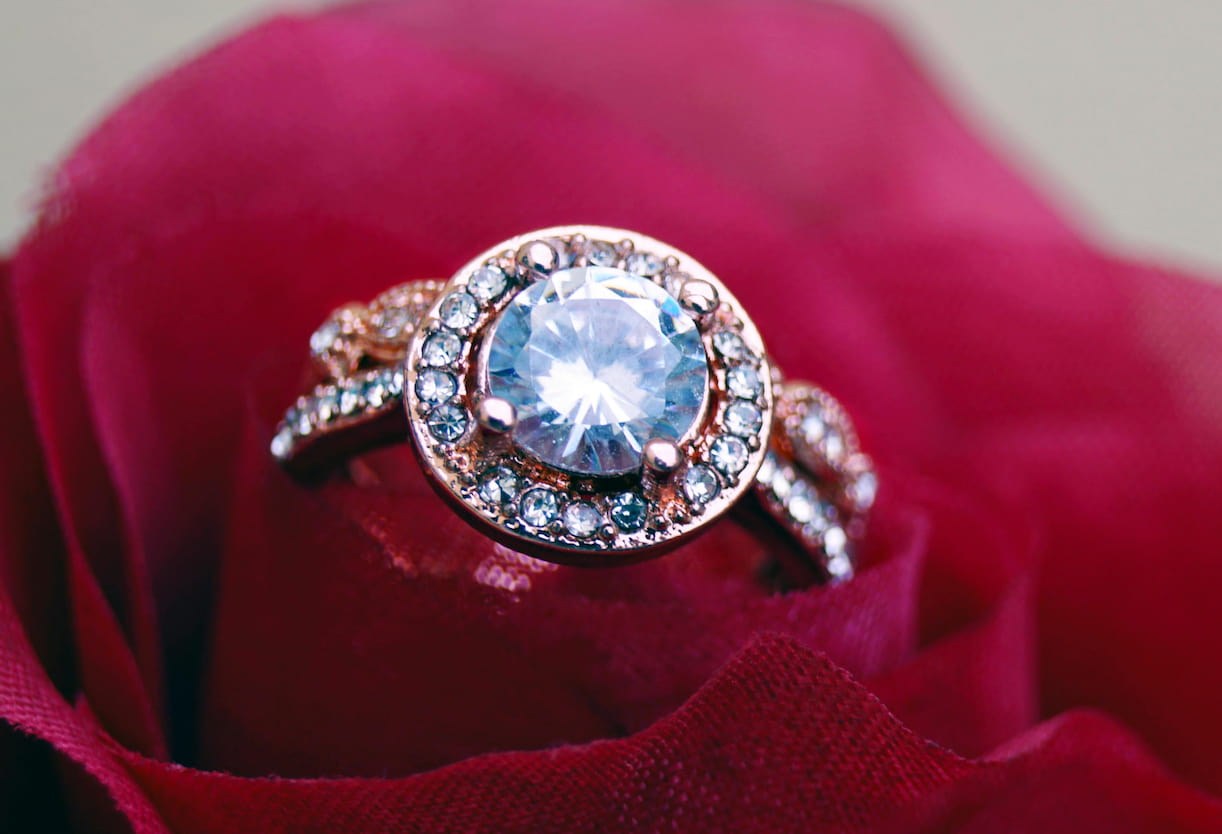
In a channel setting, diamonds are set into a metal groove or channel, side by side, without prongs. This setting is often used for wedding bands or rings with multiple diamonds. It's a secure and elegant way to show off several diamonds while keeping them protected and secure in the band.
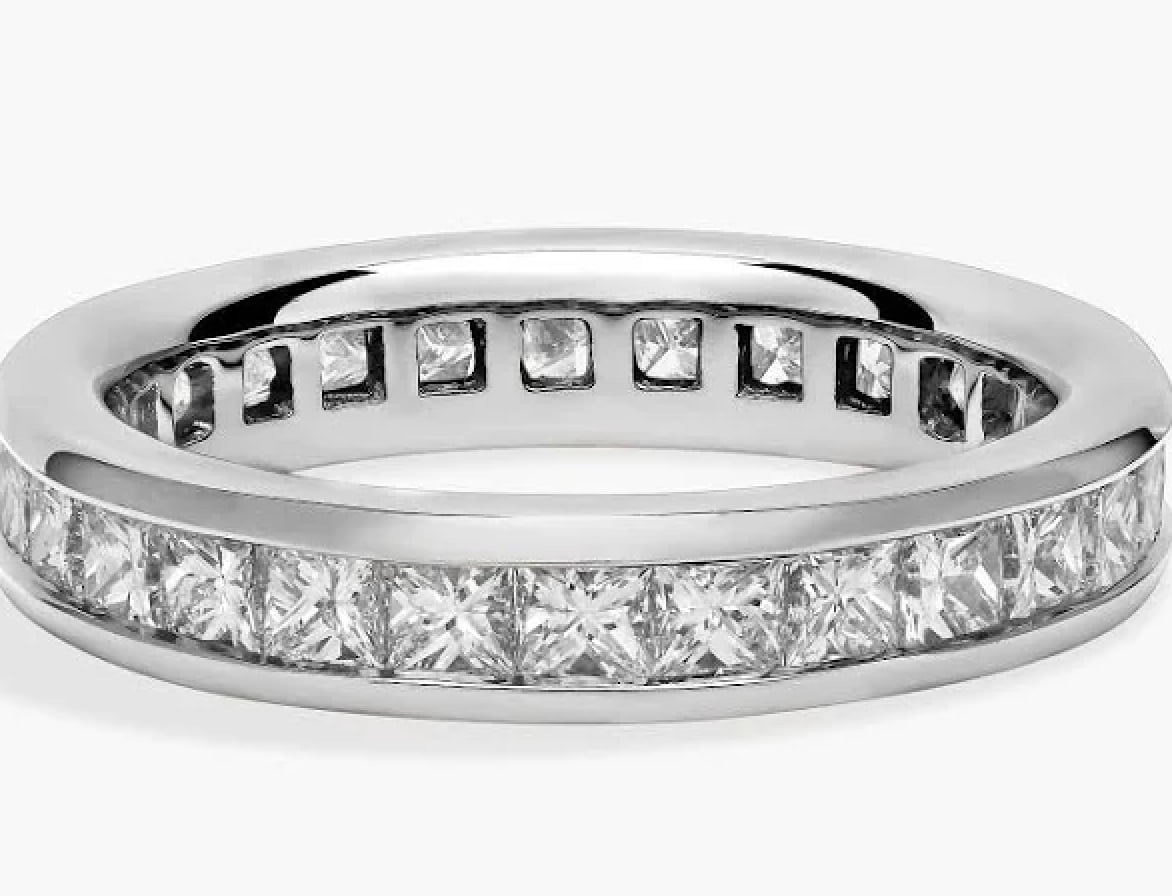
In a pave setting, tiny diamonds are set closely together, with small metal beads holding them in place. The effect is a surface that looks like it's entirely covered in diamonds, giving a beautiful, sparkling look across the entire band.
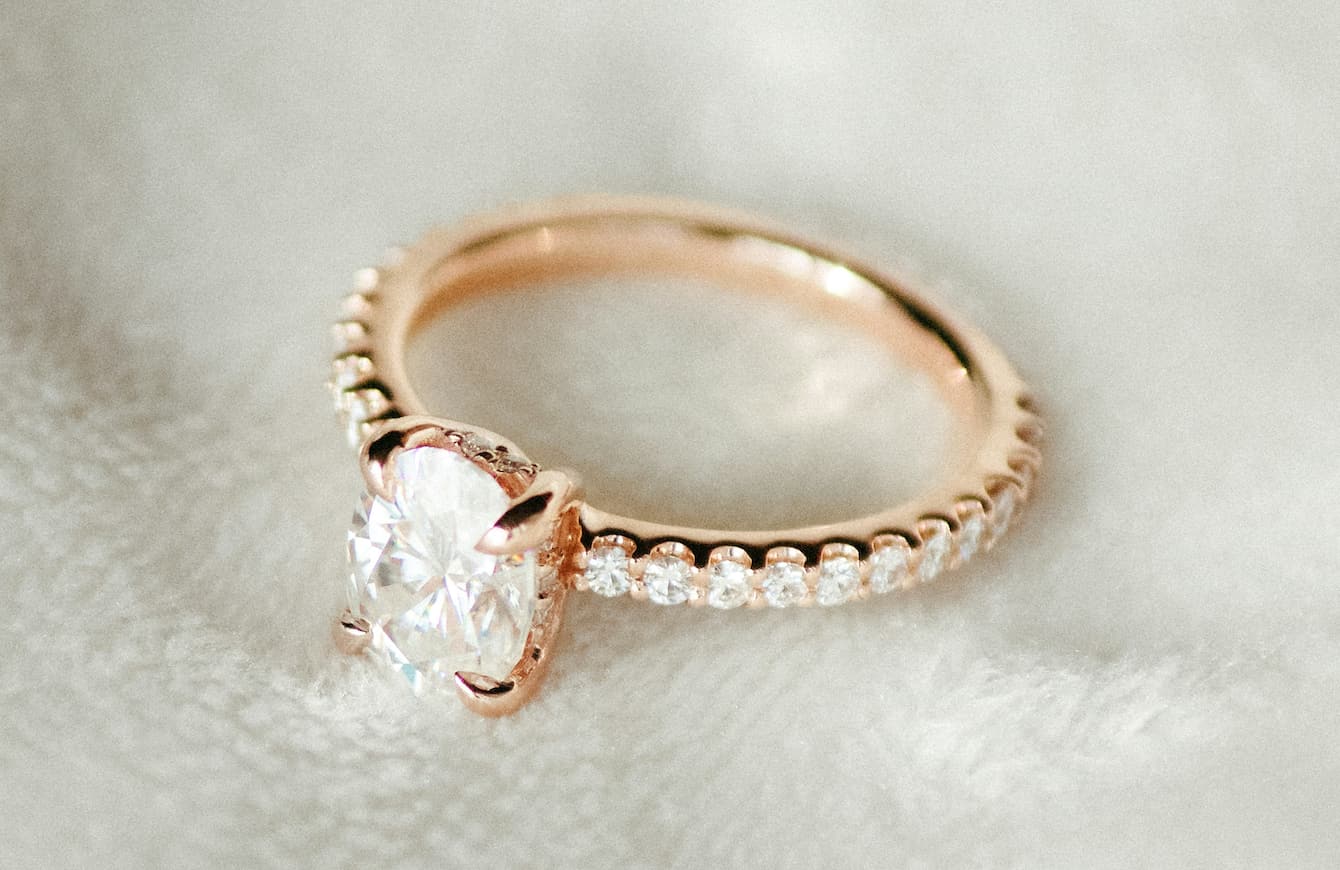
A cluster setting involves grouping several smaller diamonds together to create the appearance of a larger stone. These diamonds are set closely together in a pattern, often forming a flower or a round shape, and they can really give the illusion of one big, dazzling diamond.
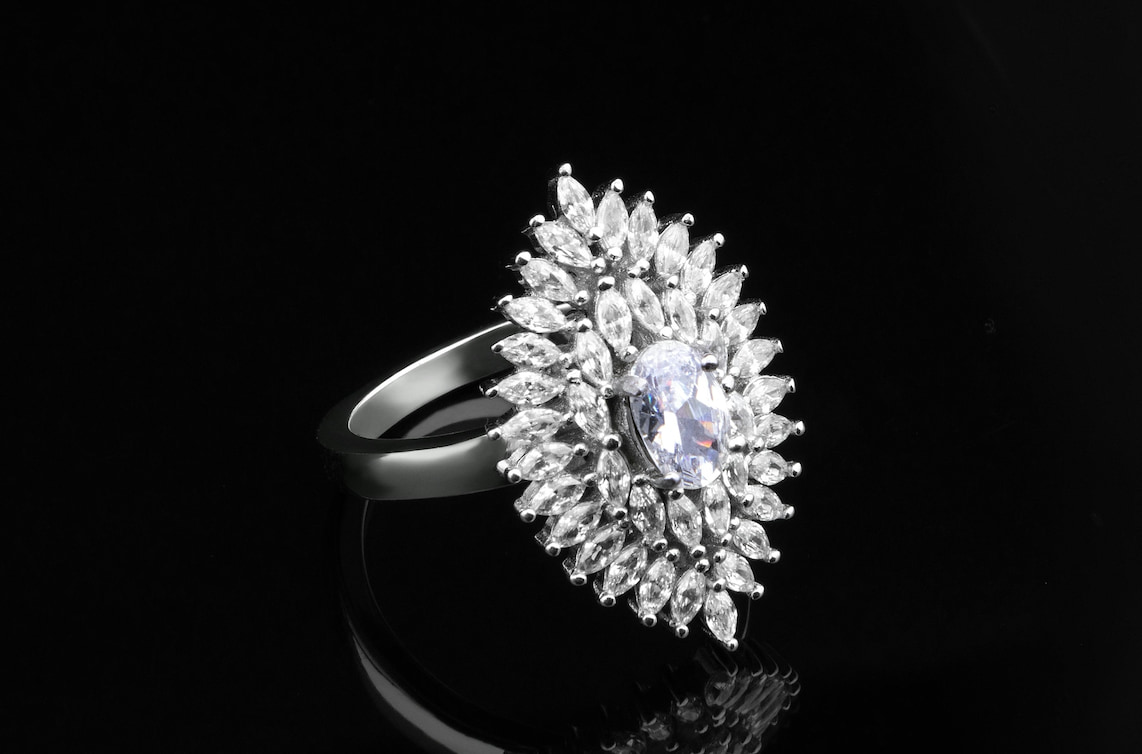
Choosing the right diamond setting might feel like a big decision with so many options available. Here are a few things to consider that can help you narrow it down and find the perfect setting for you:
First, think about your style. Do you prefer classic, timeless designs, or are you more into modern, minimalist looks? A prong setting or a bezel setting might suit you if you like clean lines and a classic feel, while something like a halo or pave setting could be perfect if you love a bit of extra sparkle and glamour.
Your lifestyle plays a big role in the choice of setting, especially if you're going to wear the ring every day. If you have an active lifestyle or work with your hands a lot, you may want to go for a setting that shields your stone from potential knocks or scratches, like a bezel or flush setting. On the other hand, if you want your diamond to stand out and aren't as concerned about extra protection, a prong setting might be more to your liking.
The size and shape of your diamond also matter. Larger, round diamonds tend to look great in prong settings because they allow the stone to sit up high and really grab attention. Smaller diamonds or diamonds with unusual shapes, like emerald or marquise, may do better in bezel or channel settings, where they're snugly secured and look more balanced.
Your budget and how much to set a diamond in a ring will also narrow down your options. On average, you can expect to pay anywhere from $100 to $500 for a basic diamond setting, such as a prong or bezel setting, while more intricate designs like a halo or pave setting can cost between $500 and $1,500 or more.
How much to have a diamond set in a ring can also vary depending on the jeweler, the type of metal used (like gold, platinum, or white gold), as well as the size and shape of the diamond itself. Having a clear idea of what you're comfortable spending will help you make a decision that fits both your style and your wallet.
Setting a diamond into a ring is a meticulous process that combines artistry and precision. Here's a step-by-step guide to help you understand how to get a diamond set in a ring:
1.Prepare the Setting: Once you've chosen the setting, the jeweler prepares the ring mounting. This involves creating a seat or groove where the diamond will rest. The dimensions of this seat must match the diamond's size and shape to ensure a snug fit.
2.Place the Diamond: The diamond is carefully positioned into the prepared seat. In prong settings, the stone is placed between the prongs, while in bezel settings, it's nestled within the metal rim.
3.Secure the Stone: For prong settings, the jeweler bends the prongs over the diamond's crown to hold it securely. In bezel settings, the metal rim is pressed around the diamond's edges. This step requires precision to ensure the diamond is firmly in place without damaging it.
4.Final Touches: After securing the diamond, the jeweler polishes the ring to remove any tool marks and to enhance its shine. They also inspect the setting to confirm the diamond is secure and the ring meets quality standards.
Now that you're familiar with the different types of diamond settings and the basic steps of how to set a diamond in a ring, you're better equipped to choose the best option for your jewelry. Whether you prefer the classic elegance of a prong setting or the modern appeal of a bezel setting, each choice offers a unique way to highlight your diamond's brilliance. As we've learned, the process of how to set diamonds takes skill and attention to detail, and understanding these steps gives you a deeper appreciation for the craftsmanship involved in creating a ring that's not only beautiful but secure. The result is a stunning piece of jewelry you can enjoy for years to come!
A ring can have anywhere from one diamond to thousands, depending on the design. Simple rings with prong or bezel settings often feature a single centerpiece diamond, while intricate designs, like halo or pavé settings, may contain numerous small diamonds for extra sparkle. Ultimately, the number depends on the specific design and the wearer's preferences.
Yes, you can learn to set a diamond in a ring yourself, but it will take time and practice. While it's possible to do, it can be tricky, especially if you're new to jewelry making. It's best to start with small, less expensive stones before trying it on a valuable diamond.
The most popular settings for lab-grown diamond engagement rings are prong, bezel, and halo settings. Prong settings let the diamond sparkle with lots of light, bezel settings offer a sleek, secure look, and halo settings make the diamond appear bigger by surrounding it with smaller diamonds.
Wondering how to save for an engagement ring? Understand average costs and discover the best strategies for budgeting, saving, and paying for the perfect ring.
Read MoreChoosing between white gold vs silver jewelry? Compare their pros, cons, costs, and durability with our guide to decide which metal is the better fit for you.
Read MoreWondering what is statement jewelry? Learn all about it here, explore its types, and get tips on choosing and styling bold pieces that define your unique look.
Read MoreLearn what is oxidized silver, how it wears over time, the easy way to oxidize silver yourself, and preventive tips for maintaining its unique finish.
Read More